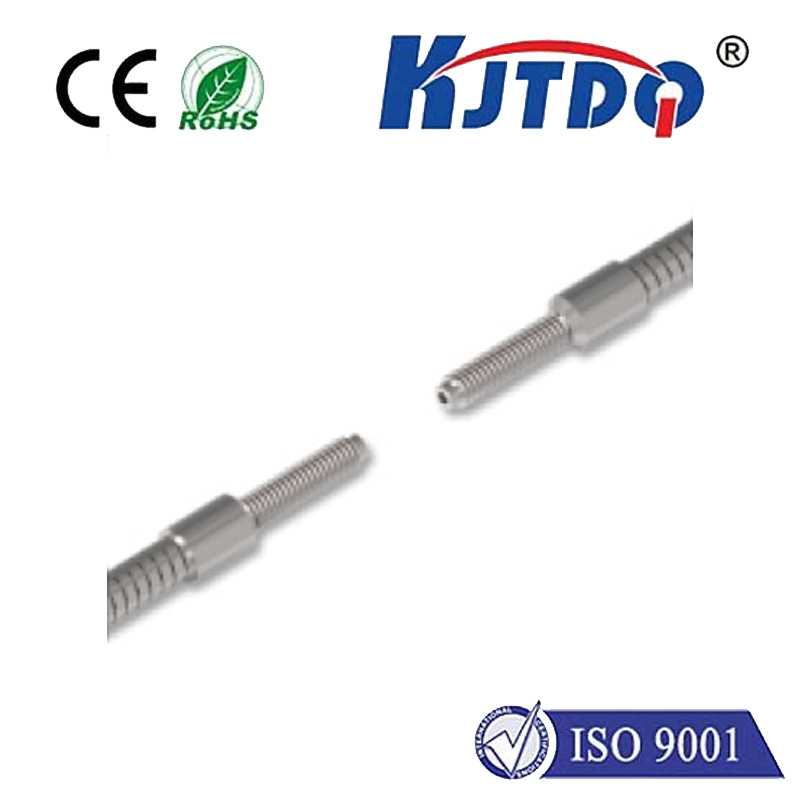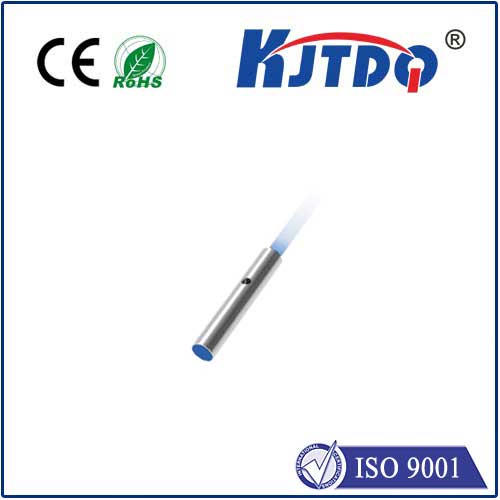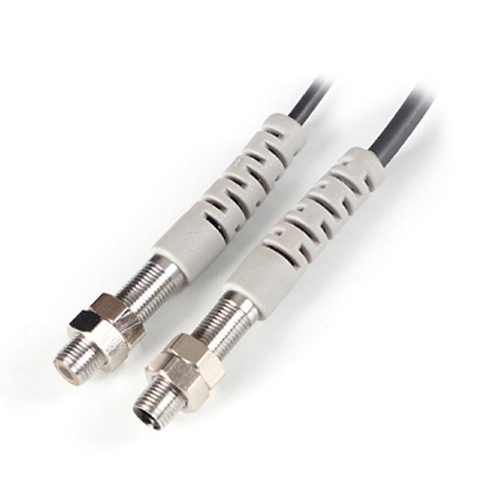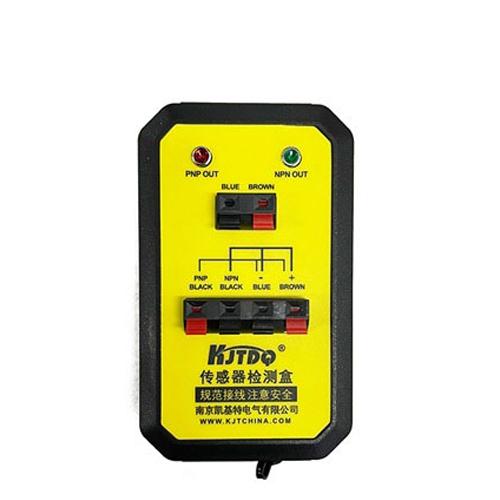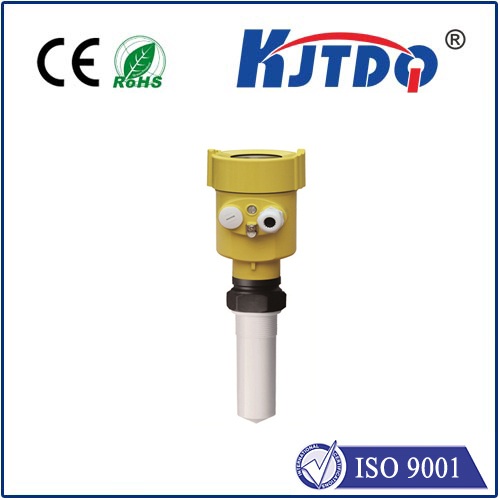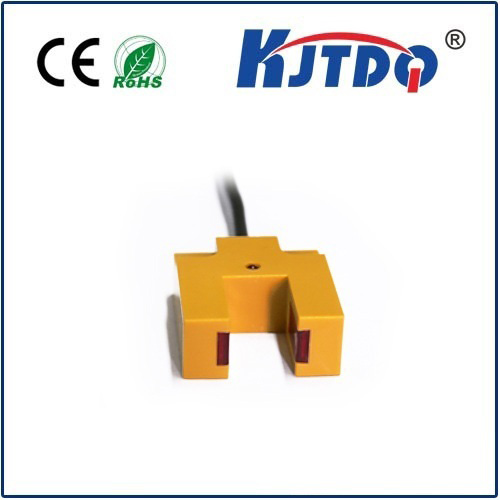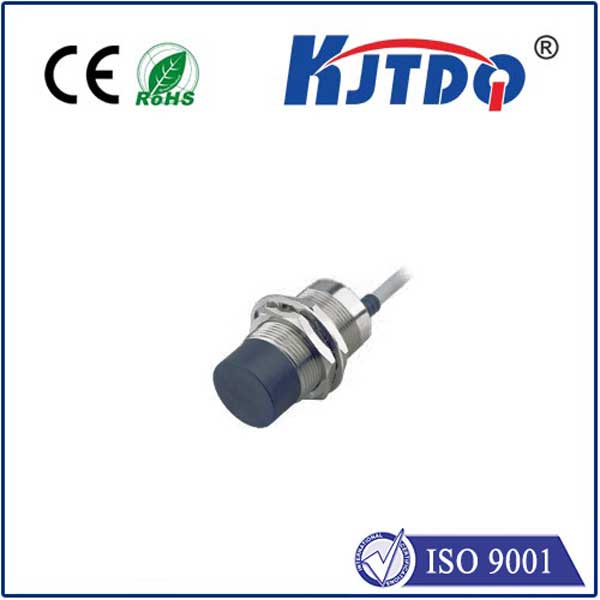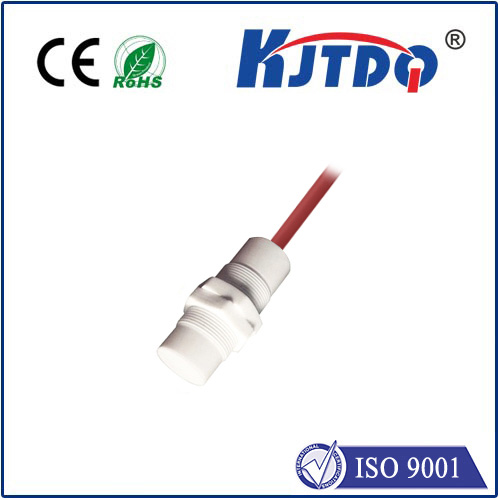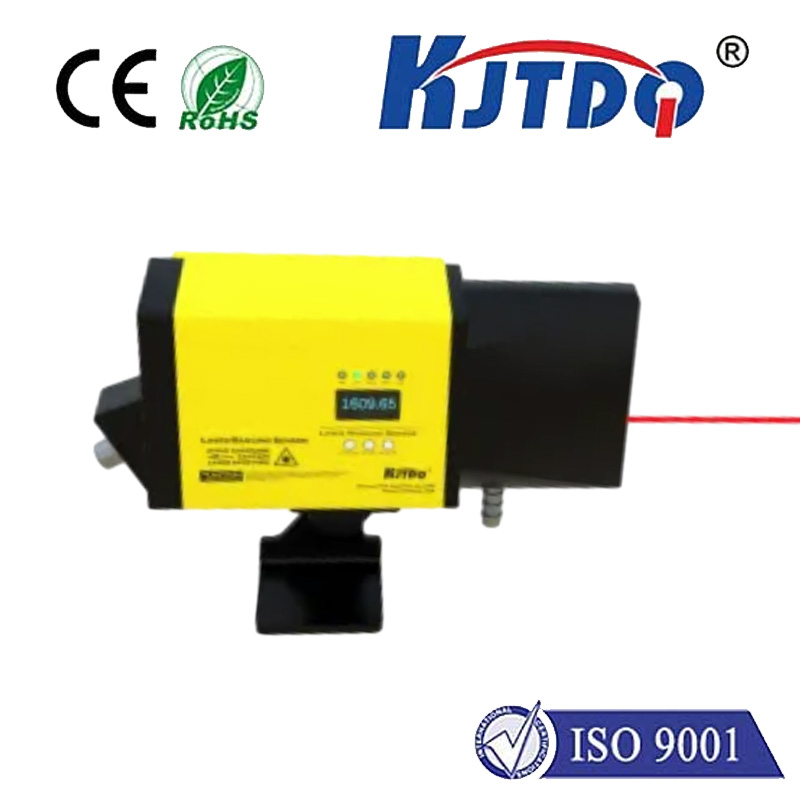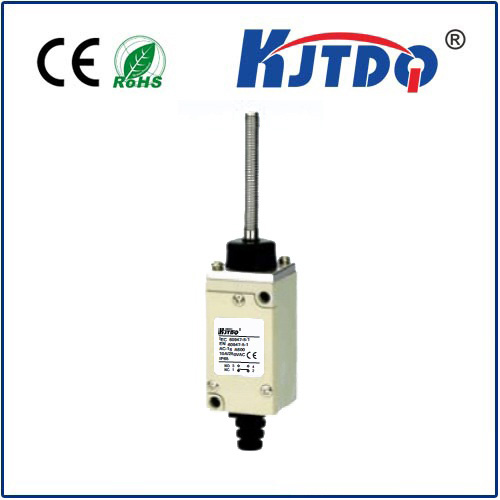

check

check

check

check

check

check

check

check

check

check
Tilt Sensors: The Revolutionary Technology Enhancing Industrial Safety and Efficiency
In a constantly evolving industrial landscape, the integration of smart technologies has become essential for boosting productivity and ensuring operational safety. Among the myriad of advancements, tilt sensors have emerged as game-changers, offering unparalleled precision and reliability in monitoring angles and orientation. This article delves into the realm of tilt sensors, exploring their revolutionary role in enhancing industrial safety and efficiency.
The Basics of Tilt Sensors
Tilt sensors are electronic devices designed to detect and measure the angle of inclination or deviation from the Earth's gravitational field. These传感器 come in various forms, including mercury, electrolyte, accelerometers, and more advanced MEMS (Micro-Electro-Mechanical Systems) technology. Their primary function is to trigger an alert or activate systems when an object exceeds a preset angle, thereby preventing potential mishaps and ensuring smooth operations.
Applications in Industrial Safety

Safety concerns are paramount in industries handling heavy machinery, chemicals, and other hazardous materials. Tilt sensors play a vital role in such environments by serving as early warning systems. For example, in the construction industry, these sensors can be installed on heavy equipment to detect any abnormal tilting that may lead to overturning or accidents. Similarly, in chemical storage facilities, tilt sensors can shut off valves or initiate emergency procedures if storage tanks start to lean, preventing leaks or catastrophic failures.
Enhancing Efficiency in Automation
Beyond safety, tilt sensors contribute significantly to improving efficiency in automated processes. In manufacturing lines, they ensure that products move smoothly through different stages without getting stuck or misaligned due to incorrect positioning. By quickly adjusting machines based on real-time data from tilt sensors, downtime is reduced, and production quality is maintained consistently.
Advancements in Sensing Technology
As technology progresses, so too do the capabilities of tilt sensors. With the integration of IoT (Internet of Things), these sensors can now provide real-time data monitoring remotely. This feature is particularly beneficial for industries with extensive infrastructure spread across large geographical areas. Remote monitoring not only reduces the need for physical checks but also allows for proactive maintenance schedules, ensuring continuous uptime and reducing unexpected downtime costs.
Integration Challenges and Solutions
Despite their advantages, integrating tilt sensors into existing industrial systems poses challenges. Compatibility issues, system complexities, and the need for specialized knowledge can deter adoption. However, with the development of more user-friendly interfaces and plug-and-play solutions, these barriers are gradually being overcome. Additionally, as companies invest in training personnel and embracing digital transformation, the integration process becomes more streamlined.
Looking Toward the Future
The future promises even greater advancements in tilt sensing technology. With ongoing research focusing on miniaturization, power efficiency, and accuracy enhancements, expect these sensors to become even more prevalent and sophisticated. As we continue to push the boundaries of what's possible, tilt sensors will undoubtedly remain at the forefront of innovation, driving both safety improvements and operational optimizations across diverse industries.
In conclusion, tilt sensors stand as a testament to the transformative power of technology in industrial settings. By providing crucial insights into machinery alignment and operation, they play an indispensable role in safeguarding workplaces and streamlining processes. As we march forward into an increasingly automated and connected era, the importance of tilt sensors will only continue to grow, marking them as an instrumental component of modern industry's foundation.
